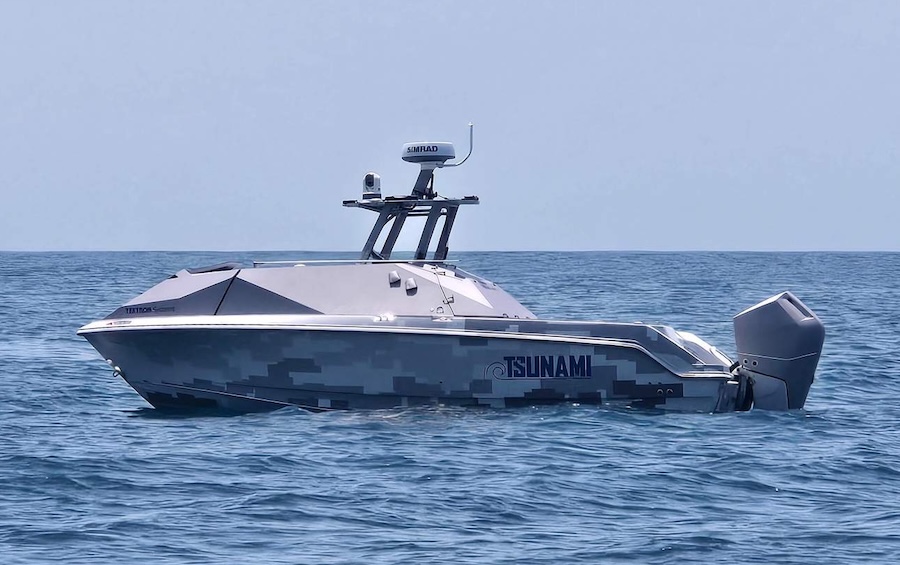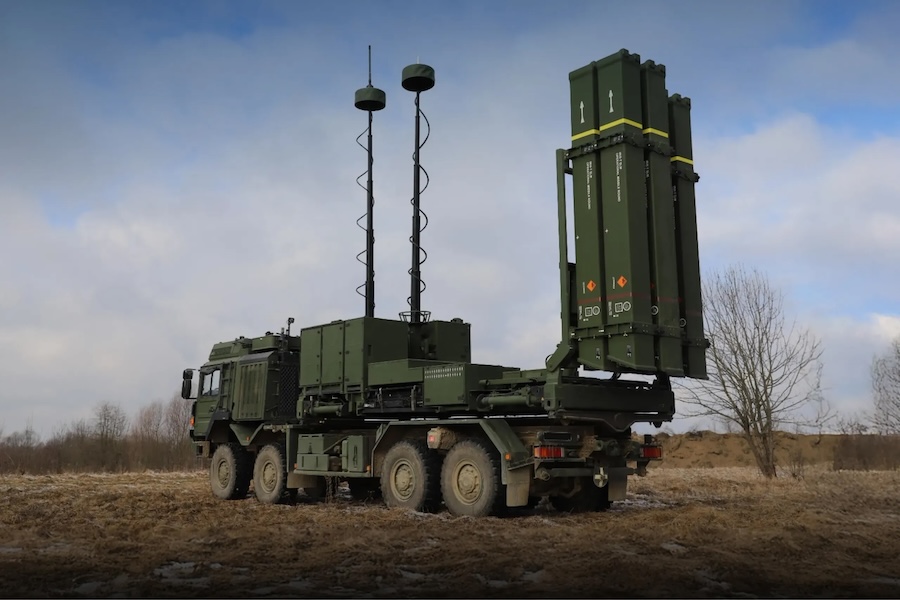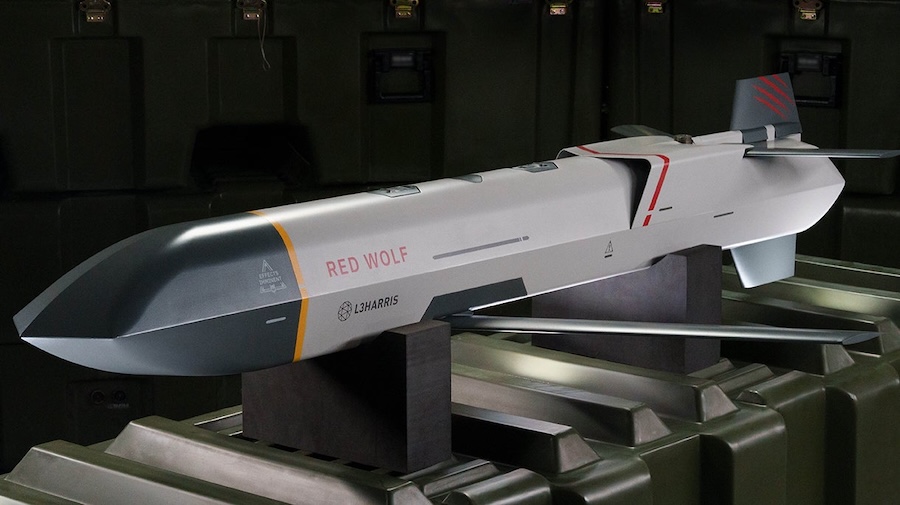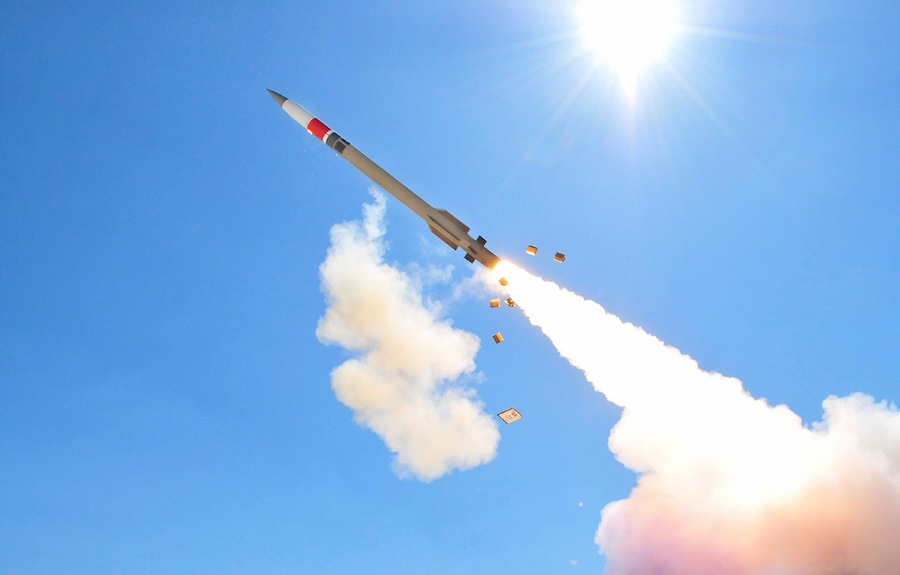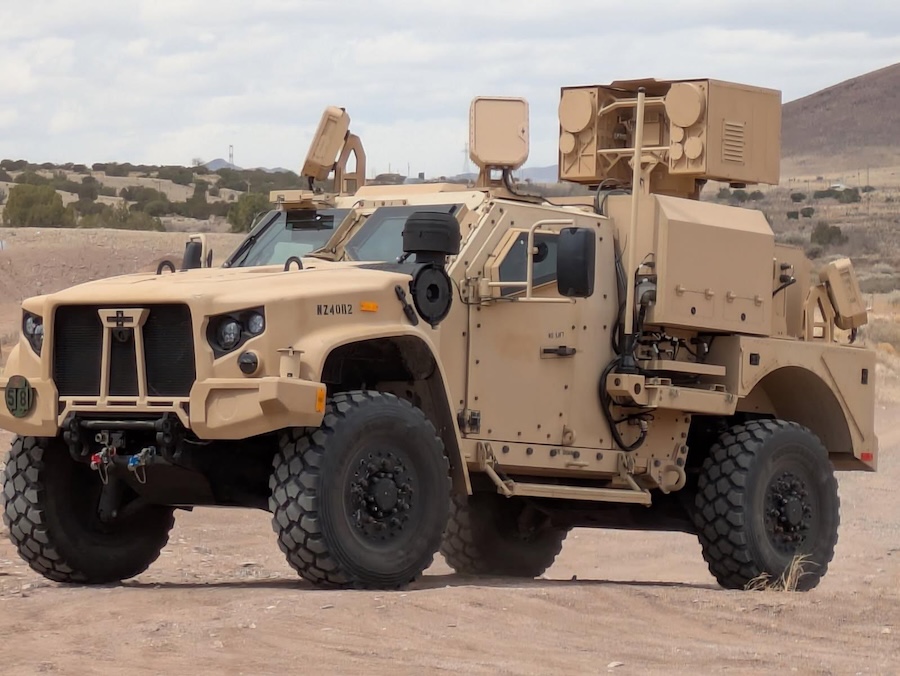During the trial, DARC’s calibrated antenna arrays operated as a single system to characterise the movement of multiple satellites with high precision. This achievement represents a significant step towards the completion and operational capability of Site 1.
The demonstration used seven of the 27 antennas planned for the Western Australia site and sustained a multi-week campaign of data collection, analysis and adjustment to ensure calibration and performance. The system showed its ability to track spacecraft that could pose threats to space assets, the U.S. homeland, or allied nations.
DARC is a collaborative effort between the United States, the United Kingdom and Australia, designed to track very small objects in geosynchronous orbit (GEO) in all weather conditions, day or night. Once operational, it will monitor the movement of objects in, to and from GEO with the highest precision, helping to detect and mitigate potential threats.
Kevin Giammo, director of Space Surveillance and Environmental Intelligence at Northrop Grumman, said: “Northrop Grumman’s DARC will provide a strategic advantage at a scale never before achieved in global space domain awareness. Its ability to track multiple small moving objects over 22,000 miles above earth will offer unmatched persistent and comprehensive capability as the world’s premier deep-space radar tracking system.”
Unlike telescopic systems currently in use, DARC will not be affected by cloud cover and can operate continuously. Its network of multiple ground-based antennas will provide full global coverage, protecting critical military and commercial satellites in geostationary orbit.












